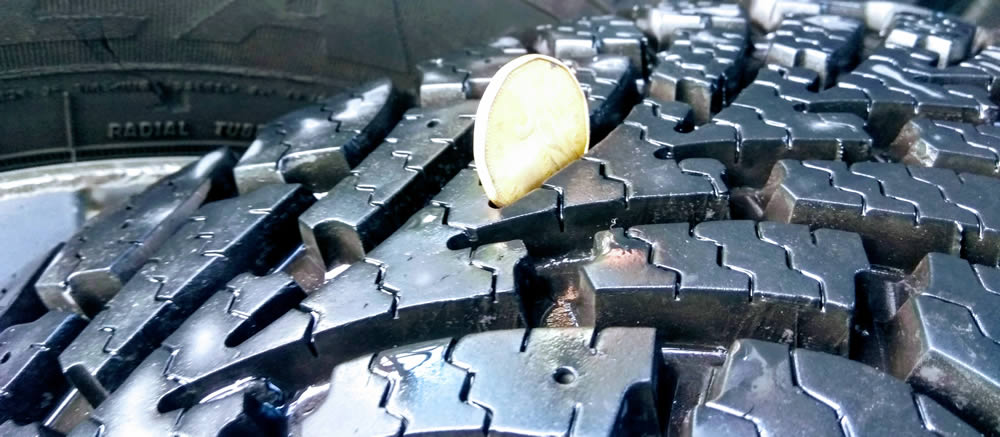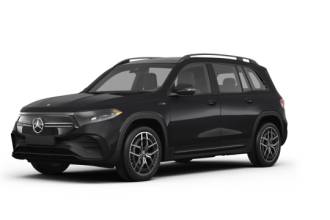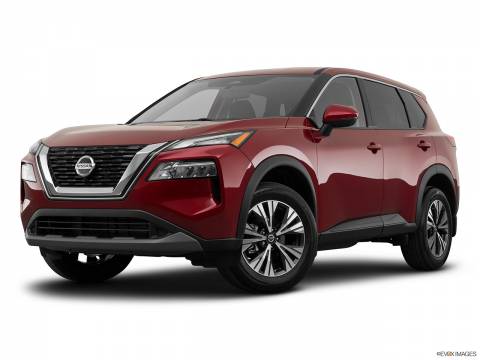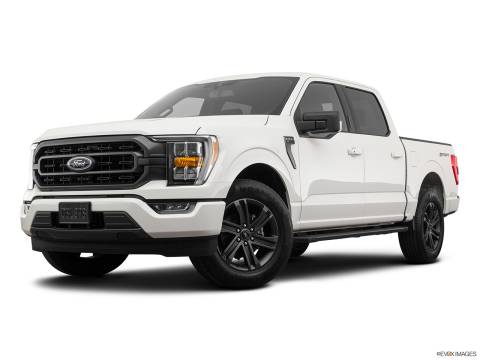Well, I guess we can't complain: the 2017 Summer has been one of the longest ever recorded in Canada, which usually means "a shorter winter," but we will have to wait to confirm that. As usual, Summer is gone, the cold starts over again, and the temperature began to drop gradually. So, if you have a car, you will be asking yourself, when will be the best moment to change back again to winter tires.
Around six months ago, I published an article about the ideal moment of switching to Summer Tires. Now while we are heading in the opposite direction, then the contrary intention:
Winter Tires are Designed for Winter, not only For Snow
And Winter doesn't mean precisely snow. Please note that the name is "winter tire" while we also may get used just to say "snow tires," but it has a more profound sense:
- Move Snow away: The main thread of the tire is designed to throw snow away to the sides (you can see the CAD coin on the image). This helps that the rubber holds straight on top of the surface, either if this is asphalt, ice or compressed snow.
- Increase tire grip on Ice: The small threads that go 5-8mm deep into the surface improve the grip on icy surfaces. And this is one of the main reasons you should preserve your winter tires when the spring arrives as this is the first feature that wears out.

A Canadian Dollar Coin is an excellent fast reference of what the status of your tires is. The deep it goes, the better.
- The Rubber/thread is designed to increase the grip under 7 degrees Celcius: Yes, 7 degrees positive. Winter tires handle way better on the 0-7 range than All Season Tires. As I said before: Winter Tires, not only snow.
- The main thread area is wider: While during the summer, a 32 PSI tire can reach up to 36 because of the heat, during the winter it may drop even up to 26. This means that your tire will "deflate" without losing air. When this happens, tires tend to occupy more surface on the ground, increasing the grip surface. Winter tires are designed to make an advantage of this situation, while summer ones perform on the oposite one.
Just Check the Forecast and Historical Data
Based on what I mentioned before, the best moment for me to change the tires is when the temperature is expected to not go again above the 10 degrees, which means that already, at night, it is dropping close to 0, if not under already.
On average, doing the change between the 15th of November and 15th of December is more than OK. Just take into account, those big facilities like Canadian Tire or any other small shop have huge lines of appointments for doing the change, so don't be late for scheduling it.
With an average care, Winter Tires tend to last up to 5 years without significant security concerns. Just try to make it work following the average ideal conditions and schedule the change with time to avoid surprises or any risk whole hitting the road.



























